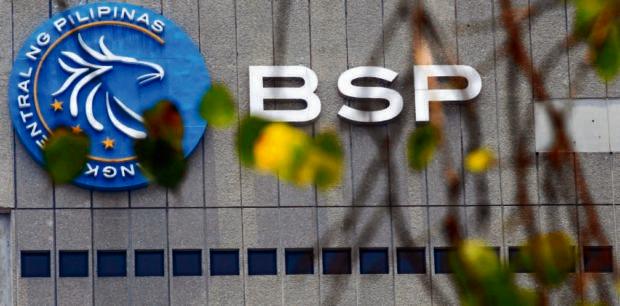BSP seen holding key policy rate steady at 6.25%
MANILA, Philippines — The Bangko Sentral ng Pilipinas (BSP) is expected to again keep its policy rate unchanged at 6.25 percent amid expectations of continually easing inflation, even as climate experts have declared the onset of El Niño that could push up prices of basic goods.
The Monetary Board, which last May decided to neither increase nor decrease the BSP’s benchmark rate, is scheduled for another policy meeting on June 22.
ING Bank said in a commentary the BSP was likely to hold interest rates steady considering that inflation is moderating and the United States Federal Reserve also did not change federal fund rates in a policy meeting last week.
“This will be the second straight meeting that the BSP will leave the policy rate at 6.25 percent,” ING Bank said. “We expect BSP Governor Felipe Medalla to be on hold in the near term while assessing the outlook for the Fed.”
Goldman Sachs expects the same, noting that headline inflation has eased significantly in the past few months and the BSP is now forecasting year-over-year inflation to return to the target band of 2 percent to 4 percent by the fourth quarter of this year.
The American group added that the BSP also cut banks’ reserve requirements by 250 basis points to 9.5 percent last week. Goldman Sachs said this was a move that was previously noted would only be taken after the “end to the monetary policy tightening cycle” to avoid giving confusing signals to markets.
“Going forward, with inflation likely to continue trending downwards, we think that the BSP will keep its policy rate unchanged for the remainder of this year,” Goldman Sachs said.
“However, upside risks to inflation or the currency depreciation pressures could skew central bank policy in a more hawkish direction,” it added.
Michael Ricafort, the chief economist at the Rizal Commercial Banking Corp., sees “a possible extended pause” that would keep the BSP policy rates at the 16-year high of 6.25 percent.
Ricafort added that the reduction in the reserve requirement will offset the effect of some regulatory relief measures coming to an end— which he described as de facto policy tightening—in June.
Robert Dan Roces, the chief economist at Security Bank Corp., also said the BSP rate would be unchanged along with the US Fed’s “hawkish hold.”
“We estimate inflation to fall within the … target [range] around September or October of this year, but inflation, peso depreciation, and Fed policy action risks remain tilted to the upside,” Roces said.
“[T]hus the BSP may want to keep interest rates ahead of the curve at some point after this month to keep these risks in check, and continue to signal a ‘hawkish hold’ itself in the meantime,” he said.
The United Kingdom-based Pantheon Macroeconomics expects the BSP policy rate to remain on hold through the third quarter, and be reduced by 0.5 percentage point to 5.75 percent by the end of this year.

